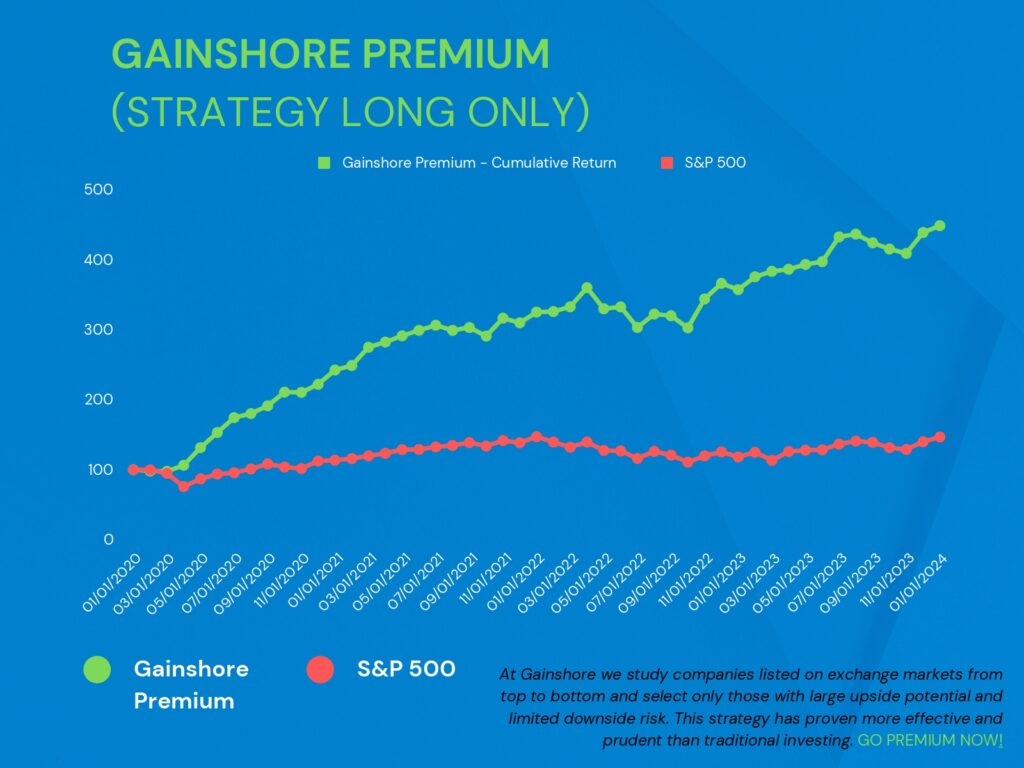Stocks are securities that represent a share of the capital of a company; that’s why they are alternatively called shares.
Stocks of public companies are traded on exchanges such as the London Stock Exchange (LSE) or the New York Stock Exchange (NYSE). Exchanges regulate and facilitate the trading of stocks.
Why do Stocks pay dividends?
Stocks give the right to a part of the profits and, depending on the type, confer other rights like voting during shareholders’ meetings and taking decisions on behalf of the company.
Who buys a share in a company, a stockholder or shareholder, provides equity capital and therefore becomes a co-owner of the company; this means participating in venture capital and thus being subject to greater uncertainty but also higher returns.
Companies sell shares to raise money, which they then use to expand their business. Shareholders are then free to buy and sell some or all of those shares on the stock market at any time.
Shareholders, in case of available cash (and profits) and under the board of directors’ approval, are remunerated by payment of dividends or shares buyback (the re-acquisition by a company of its own shares, among other advantages, increases the profits per share since cash is exchanged for a reduction in the number of shares outstanding.)
The holder of shares may also realize capital gains (or losses) arising from the purchase and sale price difference.
If the company performs well – or is expected to perform well – demand for its shares will generally increase, pushing its share price up. Conversely, if the company does – or is expected to do badly – its share price will typically drop.
Stocks vs Bonds
Stocks are usually much more volatile than bonds; ergo, their price fluctuates more than bonds. Regardless of the performance of the entity’s operations, the bondholder receives the repayment of capital plus interest unless the debt issuer cannot repay its debt; if the insolvent debt issuer is forced to foreclose its assets, the bondholders receive a share of the proceeds before shareholders.
Fixed payments due and higher ranking among creditors on an eventual company’s liquidation explain why bonds are less risky than stocks.
Since investments always have a risk-return trade-off, bonds offer lower returns than stocks.
Why Investing in Stocks?
Stocks are the best way to build permanent wealth. During the past century, over a 10-year period or less, stocks have consistently performed better than any other asset classes like bonds, saving yields, and commodities like gold.
Stocks are generally the best long-term investment because they represent part-ownership interests in real businesses that can earn high returns on the capital they deploy for producing goods or delivering services; companies can get bigger and more profitable as the global economy grows.
Stocks should make up the majority of most people’s portfolios, if not the entirety.
Nevertheless, businesses can fail, and stocks price can fluctuate substantially, even without a real fundamental reason, and both these factors create a possible risk of loss.
Concentrated intelligent diversification and a buy-and-hold strategy are remediations to mitigate these risks.
Types of Stocks
Stocks can be classified according to different characteristics. Therefore, understanding different stock types is essential to avoid confusion.
Common vs Preferred Stocks
Common stock or ordinary shares are the stocks that most people think of: they represent partial ownership in a company and confer voting rights. On the other hand, preferred stock or preference shares do not carry voting rights but are entitled to receive dividend payments before common shares. Preference shares are theoretically less risky than ordinary shares because the former, if the company goes into liquidation or bankruptcy, get repaid after debt holders but before common shareholders.
We will not enter here into the merits of each category. Still, we can generalize by saying that, except for a few exceptions, it is usually more beneficial to choose the common stock over the preferred class of the same company.
Growth Stocks vs Value Stocks
Value Stocks are shares of companies that are promising but undervalued by the market, while growth stocks are enterprises – usually small and young – expected to exhibit strong exponential growth. Growth stocks are for individuals who can tolerate some ups and downs; these companies may grow up to be Amazons or crash spectacularly. Lastly, blend stocks stand between value and growth.
While growth stocks tend to outpace the broader market during times of economic expansion and in low-interest rates environments, value stocks have a more defensive nature. Value stocks outperform in the long run and during economic downturns.
Consumer Discretionary vs Consumer Staples
Consumer Discretionary stocks are those companies selling goods or services that are not considered necessities but discretionary purchases; for this reason, consumer discretionary stocks are also called Consumer Cyclical stocks since they are highly related to the state of the economy, which by definition is cyclical. Consumer Staples stocks are Non-Cyclical Stocks because the demand for their products includes essential goods or services – like food or medicines – that is said to have a low price elasticity, meaning that they are not massively influenced by price changes or the state of the economy.
Cyclical stocks tend to perform well during an economic expansion, while non-cyclical stocks have more of a defensive nature. An excellent winning portfolio shall include both cyclical and non-cyclical stocks.
Large Cap vs Small Cap
Market Cap or Market Capitalization is the total number of shares issued by a listed company multiplied by their current price. The total market capitalization of a company includes the so-called free float – shares available for purchase in equity markets – and the restricted shares held by governments, the company’s founders and corporate affiliates, such as executives and directors.
Large-cap stocks have a market capitalization higher than 10 billion dollars.
Mid-cap stocks have a market capitalization between 2 and 10 billion.
Small-cap stocks have a market capitalization between 300 million and 2 billion.
Micro-cap stocks have a market capitalization below 300 million.
Other Stocks Classifications
Income Stocks are companies that distribute most of their earnings to shareholders, meaning that a good portion of the business’s earnings is returned to its owners. The so-called dividend stars are established companies that may not grow in leaps and bounds but pay steady dividends year after year.
High-paying dividend stocks can be good and bad: returning cash to the shareholder usually means that the company has good cash flow management and produce high-quality earnings, furthermore returning high portions of money can help top management invest only in very profitable areas of the business, reducing the risk to enter into acquisitions or business diversifications that may erode shareholder value. Conversely, a company that distributes most of its earnings may be in a mature stage of its sector’s economic cycle, denoting limited growth potential.
Blue Chip Stocks are well-established large companies with a long history, an investment grade credit rating and a leadership position in their industry. Blue chip stocks are generally considered the best of the bunch, as many offer reasonable safety, modest income from dividends, and potential for capital growth over the long term.
IPO Stocks are stocks offered to the public for the first time; in fact, IPO stands for Initial Public Offering. Investing in IPOs may sound very exciting, but in reality, in the vast majority of cases, the only ones profiting from them are the investment banks which handle the going public process and the institutional investors to whom the shares are offered with a price discount before the IPO. Furthermore, most of the time, companies going public are yet unprofitable; thus, it is quite impossible to assess the fair value of its stocks. The initial IPO stock price is what the company wants, not what it is worth. Therefore, we highly recommend not investing in IPO stocks but waiting until months or years later.
What Stocks to Buy?

You should never blindly invest in free tips or recommendations, even if they sound appealing. Most of the time, free articles on the best stocks to buy are written and published to increase visibility and attract readers. But unfortunately, these articles seldom enclose valuable insight and sometimes can lead to awful investment decisions.
Behind one powerful stock recommendation, there might be months, if not years, of work. That kind of 24/7 work. If you have the time available, the necessary skills, a lot of passion and patience, you should start studying the overall sectors and their dynamics, their sub-industries, the market and its competitive forces to later deep into single stocks’ qualitative and quantitative investment research to select the most promising companies and estimate the intrinsic value of their stocks; the process is well described in this valuable article: https://www.gainshore.com/investment-research.
If you enjoy investing in stocks but lack the skills or time availability, you should avail yourself of the services of an independent investment research firm providing stock recommendations for a fee.
Intelligent Investing is the only way to achieve consistently superior returns.
Learn how we have consistently beaten the global equity markets in this video.






